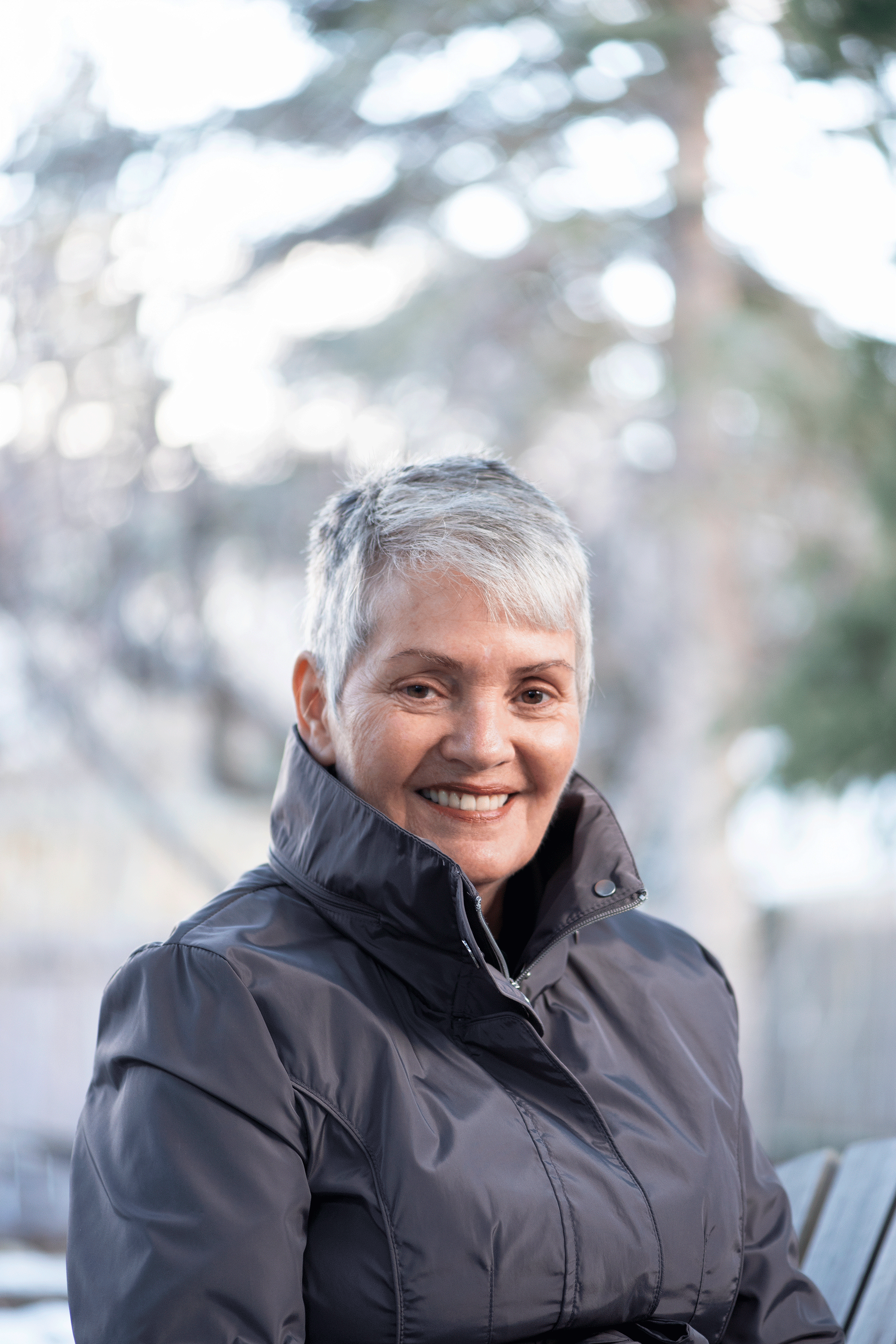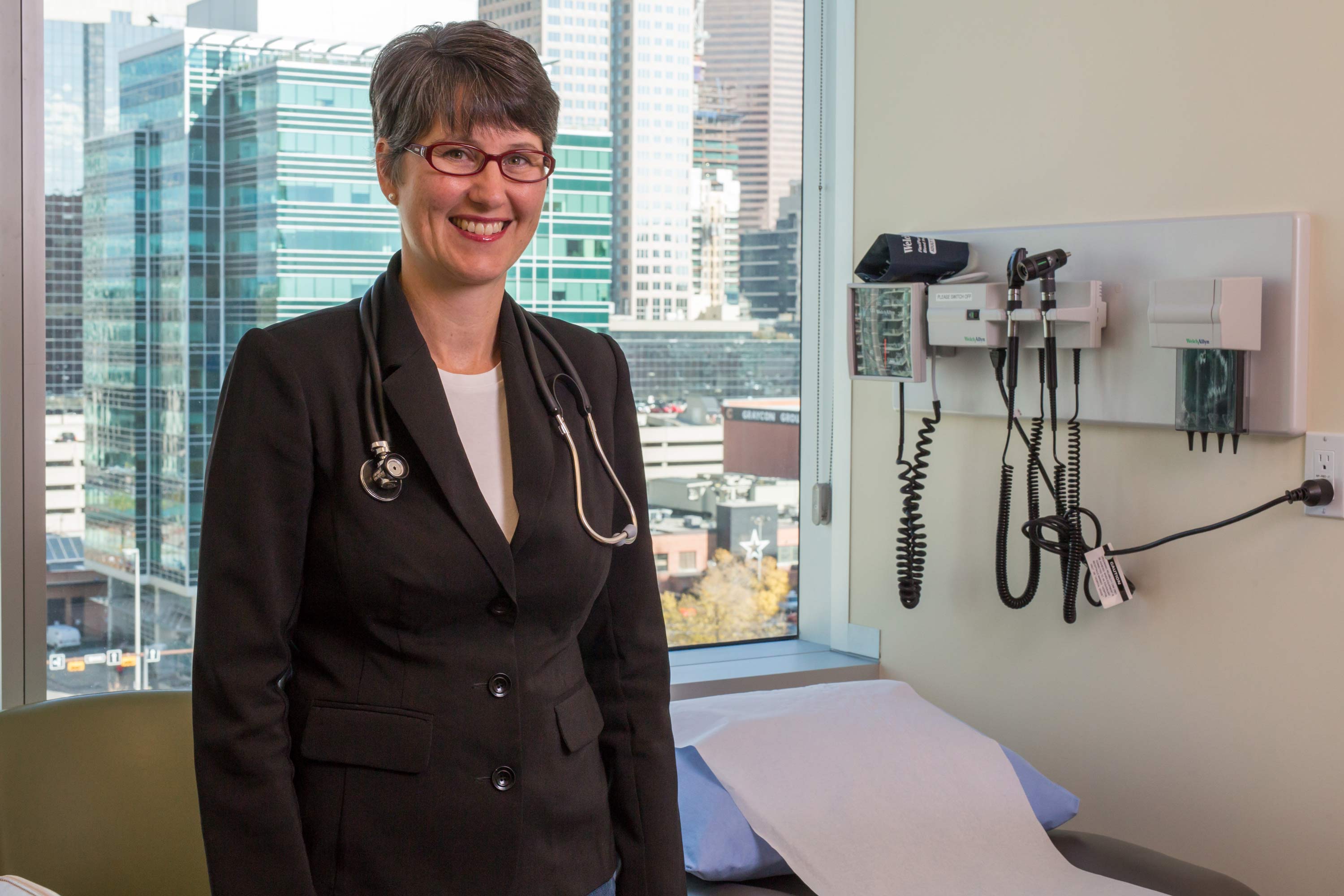Life beyond opioids
How family doctors are helping their patients with treatment
Albertans from every walk of life struggle with opioid dependency. They are your neighbours, your friends and your co-workers. They’re not just those who have struggled with chronic mental health issues or homelessness.
It doesn’t matter if opioids are prescription medications or street drugs; opioid use disorder can affect people taking either.
Consequences may include strained or broken relationships, injury, disease transmission and death.
Almost half of those whose deaths are linked to opioids are over 39 years old. Sixty per cent had a prescription from a pharmacy in the past year. In 2016 in Calgary, 88 per cent of those who died from an opioid overdose lived outside of the downtown core.
An opioid dependency can have devastating effects on individuals, their families and their communities. It is not a drug issue. It is a health issue.
That’s why the Calgary-area Primary Care Networks have introduced new resources and training for family doctors to provide increased treatment and support for their patients.
Opioids are drugs used primarily
to treat pain. Some, such as codeine, morphine and oxycodone, are prescribed medications. Others, such as heroin or illicit fentanyl, can be produced or obtained illegally. Continuous use of opioids, including for medical purposes, may lead to dependence or opioid use disorder (OUD), especially if taken for an extended period.
“It’s a matter of keeping in touch with what your patients’ health needs are and responding to
them. You have to recognize if you have somebody struggling with a substance use issue and then figure out what needs to happen,” says Dr. Bonnie Larson. She is a family doctor with CUPS in downtown Calgary and member of the Alberta College of Family Physicians’ Opioid Crisis Response Task Force.
“There is a huge opportunity for primary care to respond to this crisis and to do it well.”
“There is a huge opportunity for primary care to respond to this crisis and to do it well.”

New resources for better treatment
Through a three-year, $9.5-million provincial grant, primary care providers will be trained to treat patients and families affected by OUD.
“We are putting structures in place over the next 18 months so the medical home can meet these needs for patients,” says Dr. Christine Luelo. She’s a family doctor in south Calgary and physician lead for the Calgary Zone primary health care opioid response initiative grant.
“We’re not just training how to safely prescribe. We’re building the teams needed to support these patients.”
Patients and their families need to feel comfortable speaking about opioid use with their family doctors, and know that they will get appropriate treatment and support.
Alongside training, a mentorship program matches interested doctors with experienced colleagues. Larson, for instance, runs outreach clinics in addition to her practice. She often sees OUD in her practice, and she shares her experiences with colleagues, paramedics, pharmacists and nurses. “It’s often about helping folks who take too many Tylenol 3s or have gotten in a sticky spot with pain medications.”
Talk to your doctor
“If you don’t tell your doctor you’re struggling with opioids, they can’t help you. Have that conversation,” Luelo says. “When more patients talk to their family doctors about opioids, more doctors will get the training to support their patients.”
Prevention has a role to play, too. New opioid-prescribing guidelines help to keep patients safe. Prescribing smaller doses to be taken at regular intervals is a way for pharmacists to check in with patients regularly. And doctors will closely monitor their patients to ensure the medication is meeting their needs, and to adjust accordingly.
The opioid crisis is a highly complex problem that requires a response at every level of the healthcare system—family doctors, community-based agencies, support groups, hospitals and addiction treatment programs. Not everyone who takes an opioid will become addicted, but patients who develop a dependency need understanding and treatment for underlying causes as well as the addiction. Family doctors can be the starting point for getting help.
“Addictions are chronic relapsing diseases,” Larson says. “And they require a lifetime of therapy.”
“If you don’t tell your doctor you’re struggling with opioids, they can’t help you. Have that conversation."

When Chris*, 29, took his first hit of fentanyl from a friend, he didn’t think much about it. Four months later, opioids consumed his life.
“The only thing on my mind was getting drugs,” he says. At first, he thought he could quit and manage withdrawal on his own. “I thought it’d be like a flu or hangover. But
it was so much worse. It’s a real mental game. You just want it.”
He knew he needed help so he went to see Dr. Christine Luelo with the South Calgary PCN, his family doctor since childhood. He asked her to prescribe Suboxone to treat his opioid dependency.
At the time, certification was required to prescribe it, and Luelo didn’t have it. “I felt awful,” she says. “I thought, ‘This is not right. I should be able to help him with this.’”
Family doctors step up
Luelo is now the medical lead for the Calgary Zone primary health care opioid response initiative. The group is working with primary care networks across the city to change how family doctors help patients with opioid dependency. She and fellow doctors are changing how they prescribe opioids to reduce the number of patients with opioid use disorder.
“I just think about Chris and how we can do better,” she says.
As well, Alberta’s family doctors can now prescribe Suboxone, and new training helps them do so confidently and safely.
“Family doctors need to be as comfortable prescribing Suboxone for treating opioid dependency as they are prescribing opioids for pain,” Luelo says. “We need to support smarter use of opioids in the medical home.”
Chris currently gets Suboxone treatment at the Sheldon Chumir Opioid Dependency Program in Calgary. He has not used opioids of any kind since February 2018.
Like many people with a drug dependency, Chris did face a wait time for treatment.
“Opioid addiction is a big problem,” Chris says. “When someone is trying to get help, they really need help right then. When you have to wait a week, you wind up finding a fix instead of getting help.”
With family doctors providing treatment and support, more help is available when it’s needed most, when those in need are in crisis. Some treatment programs have waiting lists and family doctors can help support patients while they wait to access specialty care.
The goal is to ensure patients feel safe seeking help from their family doctors, and remove the stigma of addiction that may prevent them from getting help.
Even though he’s no longer using, Chris still feels judged. “Some people think that if you’re on Suboxone, you’re still an addict,” he says. “But it’s not the same. Suboxone helps me to stay straight. And, it’s definitely safer to be on Suboxone than opioids.” Suboxone is a prescribed treatment and not just one drug replacing another.
Once Luelo completes her opioid treatment training, she plans to manage Chris’ Suboxone treatment. “Having a doctor who knows me help me with this would be awesome,” Chris says. “It will be so much better when people can get help in their communities.”
*last name withheld by request
